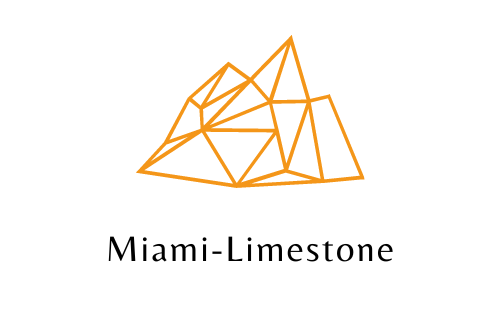What are the properties of limestone?
Physically, limestone is a type of sedimentary rock that is hard, compact, and has fine to very fine grained calcareous grains. Marbles and limestone are both siliceous calcium carbonate rocks chemically. Acid sensitivity is a term used to describe limestone, along with marble and other calcareous stones.
A sedimentary rock with more than 50% calcium carbonate is called limestone (calcite – CaCO3). There are numerous unique varieties of limestone that are created using a variety of techniques. It can be formed from the shells of deceased sea creatures or it can be secreted by marine organisms like coral and algae (biochemical limestone). It can also be formed by precipitating limestone from water (non-clastic, chemical, or inorganic limestone) (bioclastic limestone).
Some limestones, known as clastic limestone, are formed when sand and/or mud are cemented together by the mineral calcite. These limestones frequently resemble sandstone or mudstone in appearance. Calcite, which is the primary component of limestone, will bubble when exposed to diluted hydrochloric acid.
Colour
It might be gray, white, or yellow in color.
Chemical Composition
Calcite
Texture
Clastic or Non-Clastic Texture
Grain size
Varying, able to include clasts of all sizes
Hardness
Hard in general
Clasts
Crystalline and no clasts evident if clastic or bioclastic; grains and/or fractured or complete shell fragments if non-clastic or chemical.
Major minerals
Calcite, dolomite
How does limestone affect the performance of cement?
Limestone as aggregates are viable. The most common form of calcium carbonate, which is used to make cement, is limestone.
Review of data on limestone additions to Portland cement from published literature and laboratory tests. The focus is on additions that are 5% or less. In general, the performance of portland cement is unaffected by the addition of up to 5% limestone. Cements made with limestone can have their strengths increased by grinding to the right particle size distribution. When compared to the same cement without limestone, the workability of an improved portland cement with up to 5% limestone can improve. (Detwiler, Rachel Jean, and Paul D. Tennis. The use of limestone in portland cement: a state-of-the-art review. No. RP118, RP118. 02T,. 1996.)
However, the diluting effect is also known to reduce compressive strength when limestone is replaced, but it can also reduce energy consumption and CO2 emissions during cement manufacture.
Which is better gravel or limestone?
Both gravel and limestone are incredibly adaptable building materials that can be applied to a variety of projects. The two materials are typically regarded as the primary substitutes for concrete when building driveways or walkways, and both are excellent choices for a variety of landscaping projects. Even though each material has a few unique advantages, it’s crucial to understand exactly what each one is made of so that you can be certain you’re making an informed choice. Miami Limestone offers both solutions.
Gravel
In and around bodies of water like lakes and rivers, gravel is a loose combination of various sorts of stones and pebbles that have been eroded smooth through time. There is typically some slight variation in pebble sizes since gravel is composed of different types of rock that have undergone various degrees of erosion. However, all rock particles must be greater than 2 millimeters in diameter to be classified as gravel and not sand.
Limestone
Limestone rocks are a common sedimentary type found on Earth, making up around 10% of the terrain. It can usually be found in gravel or separately for various projects. It appears in an angular shape and is made from calcium carbonate, which provides a wide range of sizes for different landscaping tasks.
VS Wrap-Up
As you can see, gravel and limestone are similar construction materials that work well for a range of landscaping tasks. When making your decision, there are a few things to take into account.
Location
The price of either material may vary depending on how readily available limestone or gravel is in your area. Find out which is more economical in your area by doing some research.
Rock Size & Porosity
As was already established, compared to gravel, limestone often has a greater range of rock sizes. Gravel might be the ideal option if the size of the rocks could be hazardous, such as in a walkway. In addition, because limestone is a porous substance, it helps improve drainage wherever it is used. Gravel is lacking in this characteristic.
Aesthetic
Gravel has a higher potential for color variation because it is a mixture of various types of rock. But grey is the only color typically found in limestone.
Wondering how Limestone holds up against Travertine?
Read more in our article; Which is Better? Limestone or Travertine? for a detailed explanation from us.
